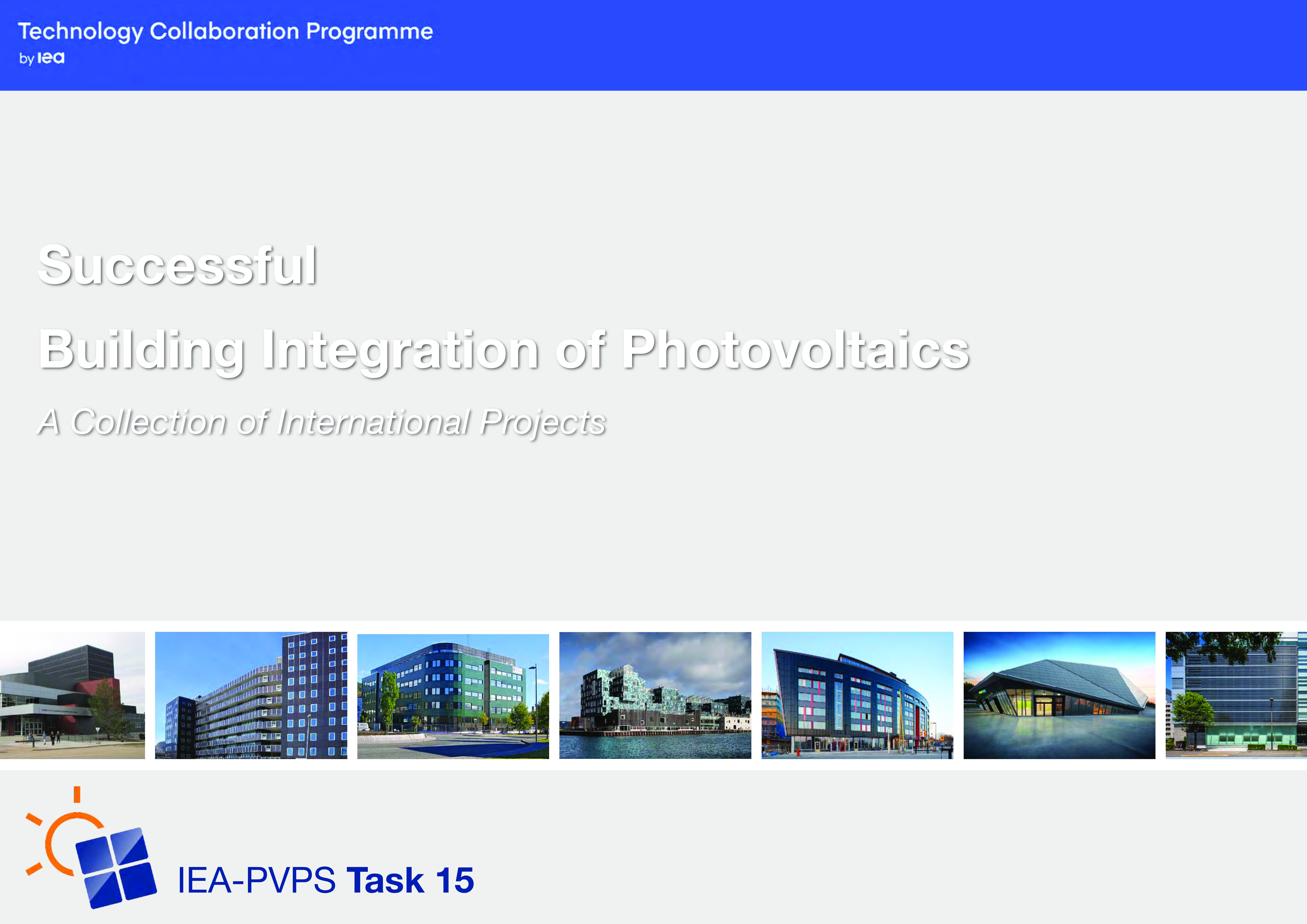Despite we all know that a shift towards energy self-sufficient buildings is necessary, despite the important energy related regulations and directives, despite the availability of many technologies and components, despite the topic of the use of photovoltaics in buildings has been investigated for over 20 years now, the use of photovoltaic in buildings is still not an “out of the box” choice.
This book shares the experience of people who thought of applying photovoltaics (and finally did!), as well as showing how buildings can look like when having a photovoltaic skin.
With this approach it is not relevant to seek for an overall methodological coherence, as the case studies collected in this work are very heterogeneous, and the paths the main stakeholders followed to reach the final goal are very diverse and the results variegated. To select the best case studies and generate the necessary insight, an approach was built upon the research questions brought forward within the task 15 group. A total of 25 case studies from 11 countries were collected, and they were classified in public buildings (5 cases), commercial buildings (12 case studies) and, residential buildings(8 case studies).
As a result of the investigation it is possible to summarize some short conclusions to outline the state of the art of the use of BIPV, and the necessary steps to be taken towards its further deployment.
All the investigated cases are successful because of the strong willingness of some inspired stakeholders somehow involved in the realization of the building, who obstinately wanted to make adifference.
Effective drivers for the use of BIPV are the large availability of variegated photovoltaic components and modules, as well as the knowledge of all the stakeholders involved in the process (from approval offices, to the client to the architect to the installers).
Therefore it is relevant to continue with the applied research on BIPV components, and on education and training issues. Such effort is necessarily interdisciplinary and it is still an inspiring challenge for the next years.
